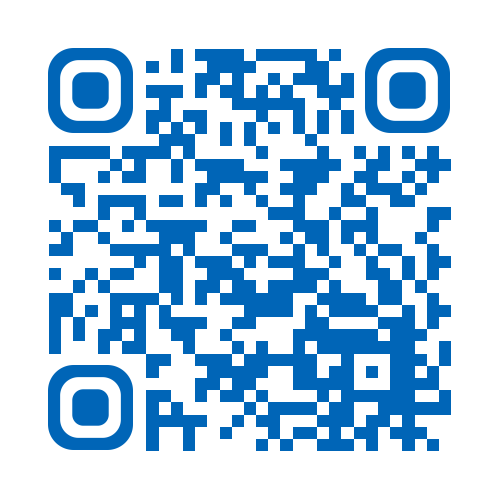- Reference Number: HEY-855/2019
- Departments: Emergency Department, Paediatrics
- Last Updated: 16 October 2019
Introduction
This leaflet has been produced to give you general information about your child’s condition. Most of your questions should be answered by this leaflet . It is not intended to replace the discussion between you and your child’s doctor, but may act as a starting point for discussion. If after reading it you have any concerns or require further explanation, please discuss this with a member of the healthcare team caring for your child.
Swallowed Objects
Nearly all swallowed objects will pass through the digestive system without causing any harm, including those with sharp edges.
The narrowest part of the digestive system is the point at which the oesophagus (gullet) narrows and joins the stomach. Once a swallowed object has passed this point, it is very unlikely to cause any problems. It probably will not even be noticed when it is passed in the stool (poo).
What should I do?
Return to hospital if your child develops any vomiting, abdominal pain or bleeding from the rectum (bottom). This is very unlikely.
If you have any concerns or require further advice please contact the Paediatric Emergency Department on: Tel: (01482) 482108 Or contact: NHS 111
What should you not do
Do not search through your child’s stool (poo).
Do not give your child laxatives, unless they are already prescribed them by a doctor.
For the future:
Children often explore objects by putting them in their mouths. Please ensure that you keep any small objects away from children and supervise them closely.
Button batteries (the type used in watches and hearing aids) and magnets can be particularly dangerous.
If your child swallows another object, please attend the Emergency Department or call NHS 111.
General Advice and Consent
Most of your questions should have been answered by this leaflet, but remember that this is only a starting point for discussion with the healthcare team.
Consent to treatment
Before any doctor, nurse or therapist examines or treats your child, they must seek your consent or permission. In order to make a decision, you need to have information from health professionals about the treatment or investigation which is being offered to your child. You should always ask them more questions if you do not understand or if you want more information.
The information you receive should be about your child’s condition, the alternatives available for your child, and whether it carries risks as well as the benefits. What is important is that your consent is genuine or valid. That means:
- you must be able to give your consent
- you must be given enough information to enable you to make a decision
- you must be acting under your own free will and not under the strong influence of another person
Information about your child
We collect and use your child’s information to provide your child with care and treatment. As part of your child’s care, information about your child will be shared between members of a healthcare team, some of whom you may not meet. Your child’s information may also be used to help train staff, to check the quality of our care, to manage and plan the health service, and to help with research. Wherever possible we use anonymous data.
We may pass on relevant information to other health organisations that provide your child with care. All information is treated as strictly confidential and is not given to anyone who does not need it. If you have any concerns please ask your child’s doctor, or the person caring for your child.
Under the General Data Protection Regulation and the Data Protection Act 2018 we are responsible for maintaining the confidentiality of any information we hold about your child. For further information visit the following page: Confidential Information about You.
If you need information about your child’s (or a child you care for) health and wellbeing and their care and treatment in a different format, such as large print, braille or audio, due to disability, impairment or sensory loss, please advise a member of staff and this can be arranged.

